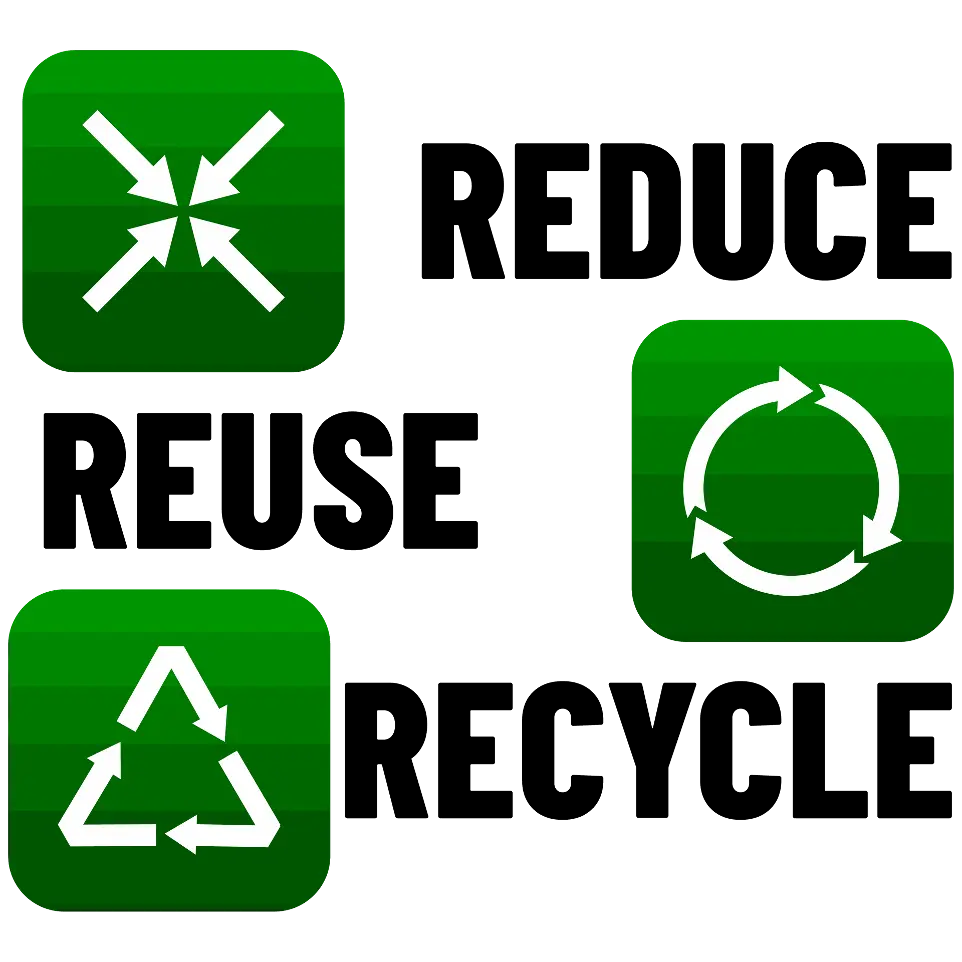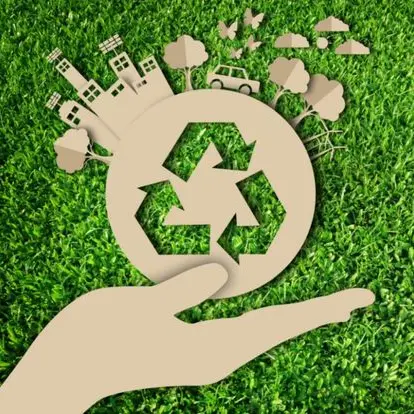Reduce
Reducing means reducing the amount of products and resources we consume. To achieve this, we can take the following measures:
- Buy consciously. Before purchasing a product, ask yourself if you really need it. Avoid impulsive purchases and opt for durable, quality products that have a lower environmental impact.
- Reduce the use of containers and packaging. Buy products in bulk or with recyclable packaging. Reject products with excess plastic and support companies that promote the use of sustainable packaging.
- Consume food responsibly. Plan your food purchases to avoid waste. Make the most of the food you have at home and consider composting organic waste.
Re-use
Reusing means being able to reuse things and give them the greatest possible use before getting rid of them. The more objects we reuse, the less garbage we will produce and the fewer resources we will have to spend on making new ones.
- Use reusable water bottles. Instead of buying disposable plastic bottles, use a reusable bottle to stay hydrated.
- Use cloth bags. Avoid using plastic bags, instead use durable cloth bags to do your shopping.
- Repair objects instead of throwing them away. If an item breaks, consider repairing it instead of replacing it. In this way, we prolong its useful life and reduce the generation of waste.
Recycle
Recycling is a fundamental process to convert discarded materials into new products. Follow the following guidelines to carry out efficient recycling:
- Know the recycling regulations in your area. Find out about the types of materials that are recycled in your area and the specific instructions for separating them correctly.
- Separate recyclable materials. Sort materials such as paper, cardboard, plastic, glass and metal so they can be recycled appropriately.
- Support the use of recycled products. Opt for products made from recycled materials whenever possible. This will help close the recycling cycle and promote demand for sustainable products.

 IHRO NEWS
IHRO NEWS

